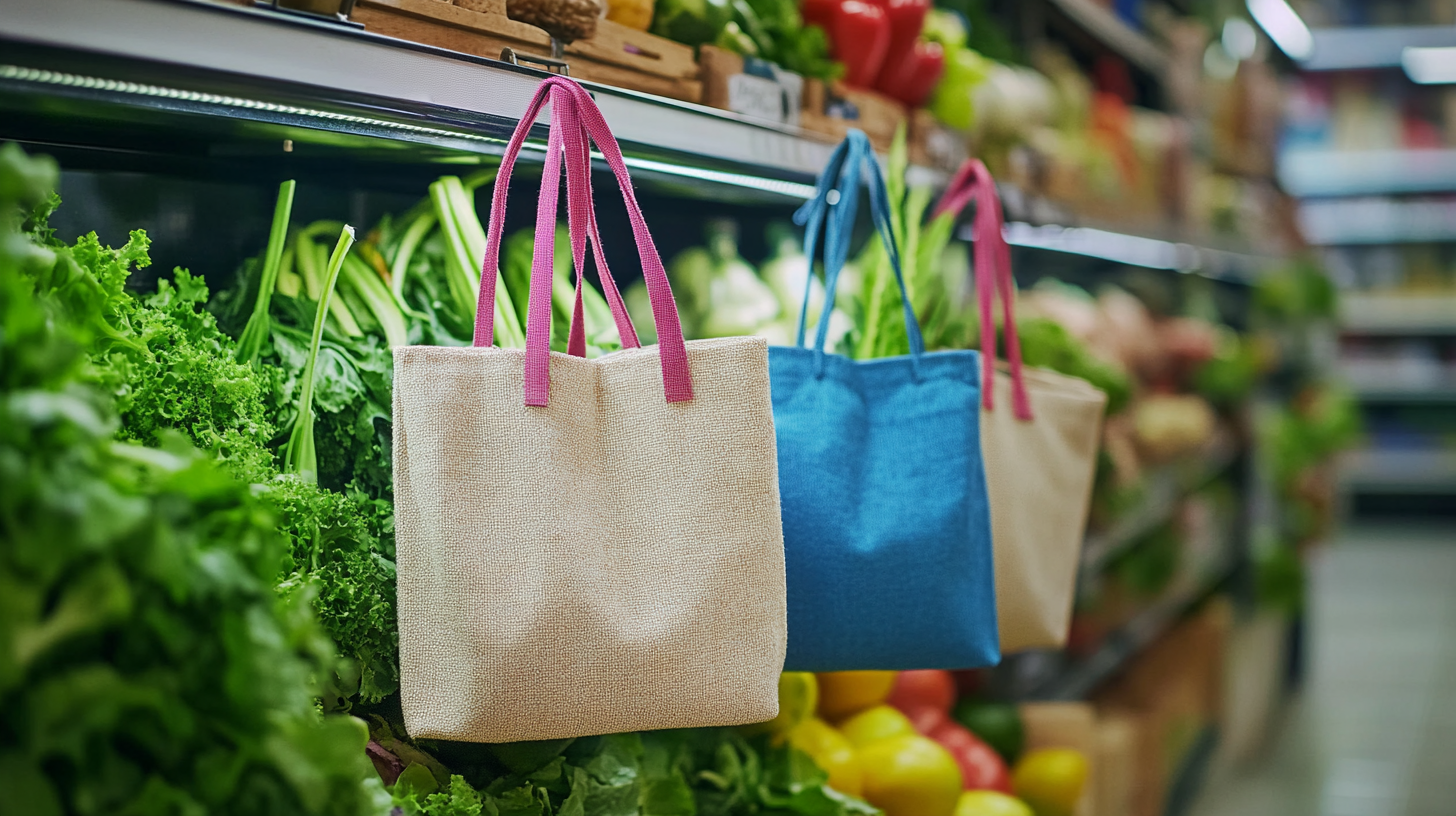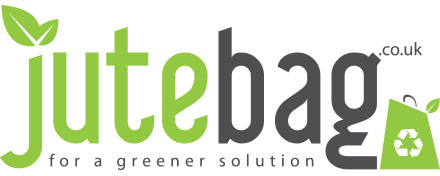Understanding Industry Standards for the Best Eco Friendly Shopping Bags
The increasing concern for environmental sustainability has propelled the demand for Eco Friendly Shopping Bags, prompting industry stakeholders to establish comprehensive production standards. According to a report by Smithers Pira, the global market for biodegradable plastics, which forms a significant component of eco-friendly packaging, is expected to reach $6.5 billion by 2024. This surge reflects a broader commitment among consumers and manufacturers alike to reduce plastic waste, with the European Commission reporting that single-use plastic bag consumption has decreased by 70% in some EU countries after the implementation of stricter regulations. Understanding the various industry standards is crucial for manufacturers to ensure their products not only meet legal requirements but also align with growing consumer expectations for sustainability. As we delve into the nuances of these standards, we will highlight their implications for the production and use of Eco Friendly Shopping Bags.

Key Materials Used in Eco-Friendly Shopping Bags and Their Benefits
When it comes to choosing eco-friendly shopping bags, understanding the materials they are made from is crucial. One of the most popular options is organic cotton, which is biodegradable and renewable. Unlike conventional cotton, organic cotton is grown without harmful pesticides or synthetic fertilizers, making it a healthier option for both the environment and farmers. Additionally, its durability means that it can be reused many times, reducing the need for single-use plastic bags.
Another promising material is recycled polypropylene, a strong and lightweight plastic derived from post-consumer waste. This material not only reduces landfill waste but also requires less energy to produce compared to virgin plastics. Shopping bags made from recycled polypropylene are water-resistant and can carry a significant amount of weight, making them both practical and sustainable. By opting for bags made from these materials, consumers contribute to a circular economy while enjoying the benefits of high-quality, eco-friendly products.
Comparative Analysis of Reusable Bag Types: Paper vs. Plastic vs. Fabric
When it comes to eco-friendly shopping bags, understanding the characteristics of different materials—paper, plastic, and fabric—can help consumers make informed choices.
Paper bags, made from renewable resources, are often viewed as the most environmentally friendly option. They are biodegradable and recyclable, but their production can be resource-intensive, leading to concerns about deforestation and energy use. On the downside, paper bags can be less durable than their plastic counterparts, limiting their reusability.
Plastic bags, particularly single-use ones, have come under scrutiny for their environmental impact. However, the market has seen a rise in biodegradable plastic bags, which claim to decompose faster than traditional plastics. Yet, recent studies suggest they may not live up to their marketing promises and can still contribute to long-term plastic pollution.
Fabric bags present a sustainable alternative, often made from durable materials that can withstand repeated use. While they boast the highest reusability, their production may involve significant water and energy consumption, as well as ethical sourcing issues related to labor practices.
As more consumers prioritize sustainability, understanding these distinctions becomes crucial for making responsible choices in eco-friendly shopping.
Understanding Biodegradability and Compostability in Bag Production
In recent years, compostable bags have become increasingly prominent as eco-friendly options in packaging, especially for fruits and vegetables. These bags utilize biobased materials designed for biodegradation, which ensures that they break down effectively under composting conditions. Preliminary evaluations of such materials reveal that compostable bags can demonstrate a mass reduction of 23–28% within just 15 days when subjected to anaerobic environments. This rapid breakdown highlights their potential to mitigate environmental impact.

However, it's crucial to consider the actual conditions under which these bags decompose. Studies indicate that only 3% of compostable packaging in regions like the U.K. ends up in proper composting facilities. Thus, consumers must prioritize composting solutions to maximize the benefits of using compostable bags.
Tips for choosing the right compostable bags include looking for certifications that indicate biodegradability, ensuring that the bags are designed specifically for composting, and checking local composting options to understand the best disposal methods. Additionally, increasing awareness about proper disposal practices can significantly enhance the effectiveness of these environmentally friendly products.
Regulatory Standards Affecting Eco-Friendly Bag Manufacturing
When it comes to eco-friendly shopping bags, understanding the regulatory standards that influence their manufacturing is crucial for both producers and consumers. Various regulations, often set by governmental organizations, outline the requirements for material sourcing, production processes, and labeling. These standards aim to minimize environmental impact while ensuring the safety and functionality of the bags. For instance, standards may dictate the use of biodegradable materials or limit the use of harmful chemicals, aligning the production process with sustainability goals.
Moreover, local and international regulations can differ significantly, creating a complex landscape for manufacturers. Companies must navigate these varying requirements to remain compliant and competitive. In the European Union, for example, strict directives regarding plastic usage have led many manufacturers to innovate in the development of alternative materials, while in the U.S., states are implementing their own bag bans and mandates. Understanding these regulations not only assists manufacturers in adhering to the law but also helps consumers make informed choices, ultimately supporting the broader movement towards sustainable practices in everyday life.

Evaluating Durability and Longevity of Eco-Friendly Shopping Solutions
When considering eco-friendly shopping bags, durability and longevity are key factors that can significantly influence sustainability. Unlike single-use plastic bags, which contribute to environmental degradation, high-quality eco-friendly bags are designed with durability in mind. Materials such as organic cotton, jute, and recycled polyester not only reduce waste but also offer extended lifespan, allowing consumers to make a positive impact over time. A durable bag can withstand repeated use, reducing the need to replace bags frequently and ultimately minimizing waste.
In addition to material selection, the construction of eco-friendly bags plays a vital role in their longevity. Well-stitched seams, reinforced handles, and water-resistant coatings can enhance usability and extend the life of these bags. When consumers choose bags that demonstrate robust craftsmanship, they invest in a product that supports sustainable practices while providing reliability for daily shopping needs. By prioritizing durability in eco-friendly shopping solutions, shoppers can contribute to environmental conservation while benefiting from a functional and stylish accessory for their everyday lives.
